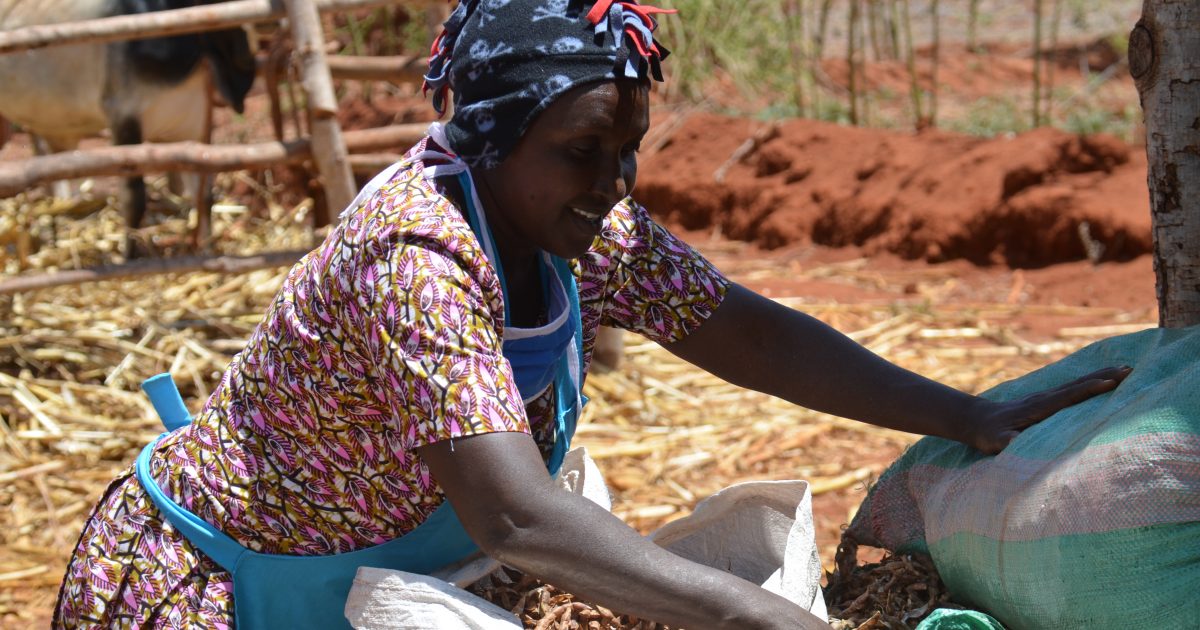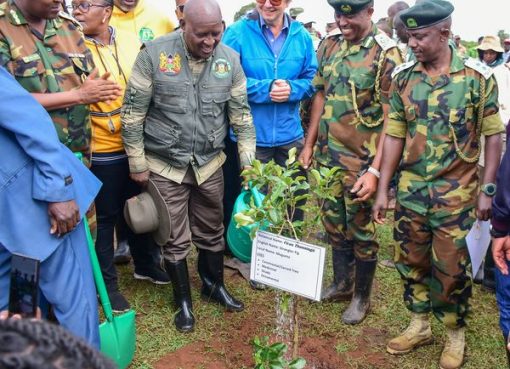For six years, Ms Sau Mangi, 35, has never had a decent harvest.
When the rains came, she would toil in her one-and-half acre farm at Kishushe village in Wundanyi sub-county for days.
She would till and plant. The seeds would germinate only to dry up shortly afterwards as rains abruptly stopped.
This would mark the onset of devastating drought that would stretch until the next rainy season when the cycle would recur.
“There is no reprieve in the losses. We keep planting because we are farmers and hope the next season will be better,” she says.
The year 2020 was no different. The cycle of drought swept through the region leaving her farm bare and lifeless. The sorghum and green grams crop she had hoped to harvest fizzled away.
However, unlike all past years, something is happening. It has blunted the keen edge of suffering from perennial losses she had suffered over the years.
The Ministry of Agriculture is set to compensate Ms Mangi for the loss she suffered because of crop failure occasioned by the drought.
“We are very delighted. Nothing like this has ever happened before to ease the suffering of poor farmers,” says the farmer.
The compensation for crop failure and resultant losses is targeting farmers under the Kenya Cereal Enhancement Programme-Climate Resilience Agricultural Livelihood (KCEP-CRAL).
This is a government-led programme funded by the European Union (EU) and other international partners including Sweden International Development Agency (SIDA), International Fund for Agricultural Development (IFAD), World Food Programme (WFP) and Food and Agricultural Organisation (FAO).
The programme is currently under implementation in Western, Eastern and Coast regions where 185,000 artisanal farmers in 13 counties are being supported with high-quality seeds, herbicides, fertilisers and other farming enablers to boost their yields.
Counties from Western region included in the programme are Bungoma, Kakamega, Nakuru, Nandi and Trans-Nzoia. In Eastern, Embu, Kitui, Tharaka Nithi, Makueni and Machakos counties are covered while in Coast region, Taita-Taveta, Kilifi and Kwale are covered under KCEP-CRAL.
Ms Mangi is one of the 1,400 farmers under the programme in Taita-Taveta County. County Executive Committee Member (CECM) for Agriculture Davis Mwangoma said that farmers whose crops failed would benefit from government compensation.
“We have small-scale farmers who were adversely affected by the drought and were under the programme. The crop insurance will at least cover their losses,” he said.
The farmers are located in arid areas where farms often experience harsh climatic conditions. With unreliable rainfall and long dry spells, most farmers rarely harvest anything.
KCEP-CRAL programme is meant to mitigate against the adverse impacts of drought on rural livelihoods, address the menace of food insecurity, economically empower the rural farmers and boost farmers’ farm production. This is done through encouraging and promoting drought-tolerant cereal crops like green grams, millet and sorghum.
While launching the compensation programme in Kwale last week, Agriculture Research Principal Secretary (PS) Prof Hamadi Boga said 13,000 artisanal farmers in Coast region would benefit from the Sh85-million kitty set aside to mitigate the financial losses of widespread crop failure.
By Wagema Mwangi





